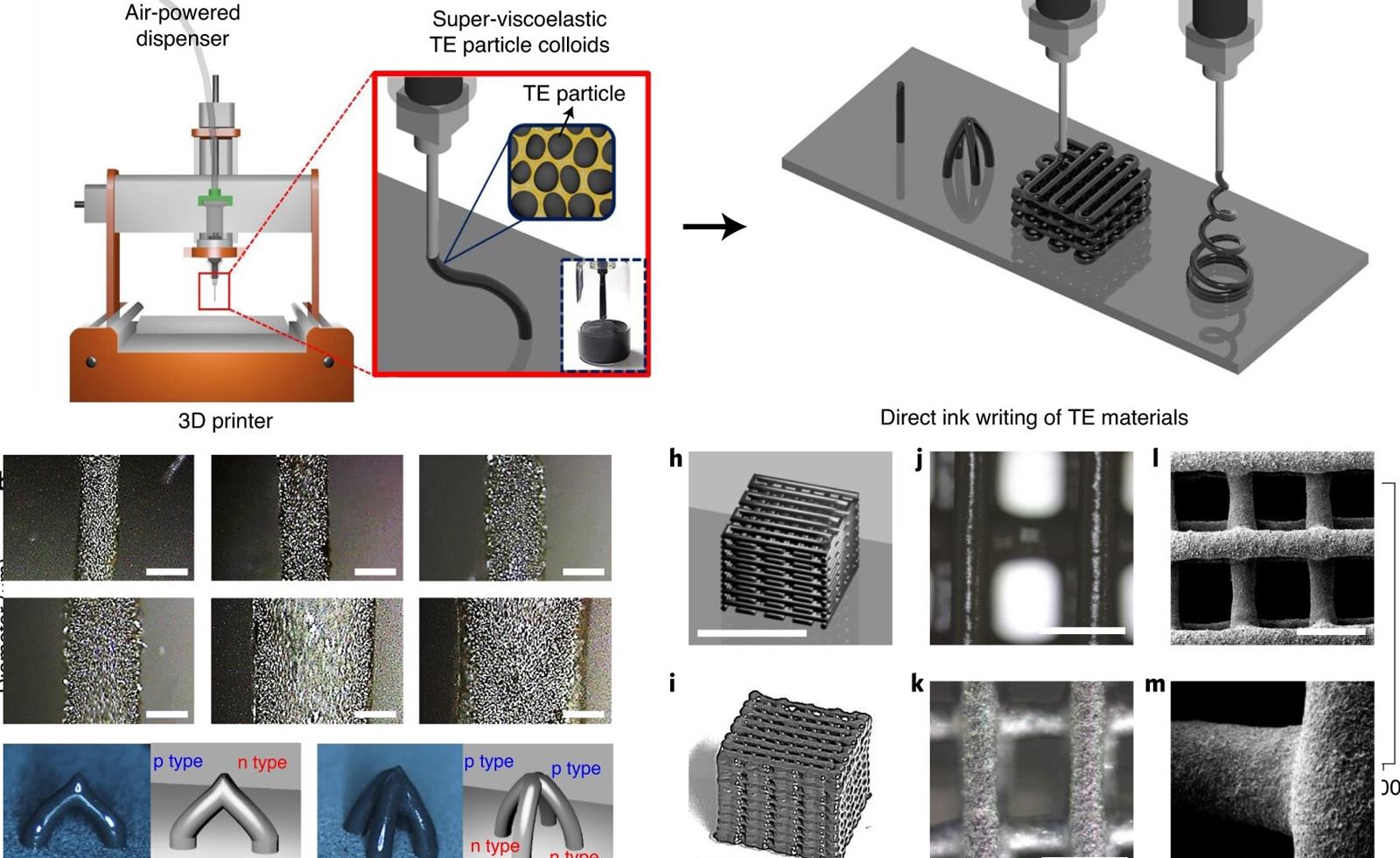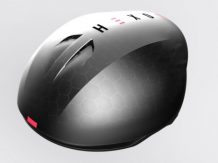A team of scientists from Ulsan National Institute of Science and Technology created a special filament for 3D printers, thanks to which it is possible to produce small thermoelectric generators. You can read more about this in a publication in the scientific journal Nature Electronics.
Scientists have created a new filament for 3D printing that can make small thermoelectric generators cheap
Let’s start with how these little thermoelectric generators work. It all comes down to the fact that they are based on the title thermoelectric materials and generate electricity by using a gradient, i.e. a temperature difference. By heating one side of the material, the electrons begin to move from the warmer side to the cooler side, generating an electric current in the process. The potential for this is huge, so scientists have long been looking for ways to create thermoelectric generators to power components such as sensors.
Also read: Combustion generator instead of jumper cables? So Tesla runs on gasoline
Turning them into a purely commercial product is currently unprofitable, because small thermoelectric generators manufactured with the use of current techniques are simply too expensive. Therefore, the aforementioned scientists decided to look for 3D printing technology and in this endeavor, they developed a new type of filament for printers after carefully examining those that are already used on the market.
Also read: A small ozone generator as a rescue for polluted waters?
Using the knowledge gained, they created a type of ink that can be used to print tiny columns less than half a millimeter in diameter and 1.4 mm high directly on a silicon matrix. They did this and subsequently discovered that they could then be used as a thermoelectric device by heating only one side and cooling the other. They showed that each square centimeter of their device generates 479 μW, which is enough to power a small wireless sensor.















